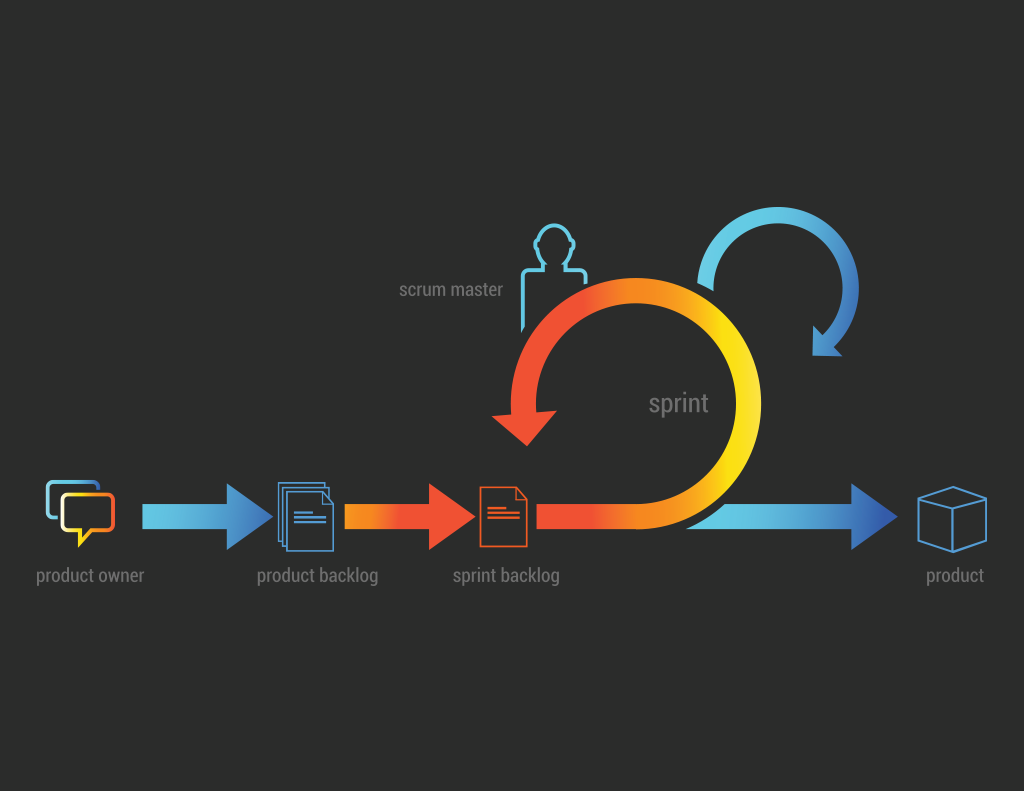What is Agile and Scrum and why is it important for my business?
Scrum is an iterative and incremental agile software development methodology for managing product development.
This lightweight process framework uses a particular set of practices that must be followed in order. Lightweight means that the overhead of the process is kept as small as possible to maximize the amount of productive time to complete the work.
The Scrum process is different from other agile processes because it divides specific concepts into three categories: roles, artifacts and time boxes.
Scrum is most often used to manage complex software and product development, using iterative and incremental practices. The process significantly increases productivity and reduces time. Scrum processes enable organizations to adjust smoothly to rapidly-changing requirements, and produce a product that meets evolving business goals.
Scrum projects achieve higher customer satisfaction rates.
Benefits to using this methodology and process are:
- Increased quality of deliverables
- Better equipped to cope with changes
- Ability to provide better estimates and spend less time
- Better control over the product and schedule

BENEFITS TO. . .
Customers
High-value features are developed and delivered more quickly with short cycles rather than the longer cycles in a “waterfall” process. Customers find that the vendor is more responsive to development requests.
Vendors
By focusing development efforts on high-value features there is decreased overhead and increased efficiency. Customer satisfaction improves and that translates into a more positive customer experience and retention.
Development Teams
Team members feel more valued and enjoy seeing their work being used. Scrum benefits team members by reducing the amount of non-productive hours, giving them more time to do the work they enjoy.
Product Managers
Scrum allows product managers frequent opportunities to re-prioritize work to ensure maximum delivery of value. This helps align product managers to successfully fulfill customer needs.
Project Managers
Project Managers (and others) who fill the ScrumMaster role find that planning and tracking are easier and more concrete, compared to waterfall processes. The focus on task-level tracking, the use of burndown charts to display daily progress, and the daily scrum meetings, all together give the Project Manager a sense of where the project is at all times. Awareness is key to monitoring progress, catching and addressing issues quickly.
PMOs and C-Level Executives
Scrum provides high visibility into the state of a development project, on a daily basis. External stakeholders, such as C-Level executives and personnel in the Project Management Office, can use this visibility to plan more effectively, and adjust their strategies based on more hard information and less speculation.
Scrum differs from traditional “waterfall” approaches to project management in many ways, but it is based on sound project-management principles.
